Israel bus stop 1/48
11,89€
In stock

*Please check our Privacy Policies to see how to we use your personal data.
*Por favor revisa nuestra Política de Privacidad para ver como tratamos tus datos personales
Israeli bus stop.
High quality resin model.
It faithfully represents the Israeli bus stops, installed near military installations.
Measurements
Length 98,4 mm 3.87 in
Width 65,6 mm 2.58 in
Height 73 mm 2.87 in
I was asked about the time when these bus stops began to be installed.
The photo in which you see the crane installing it is from 1991. We can say that in that year its installation began.
The Hebrew text on the front means
“Association for the welfare of soldiers”
Thanks Andrey Firstov for your help in this project.
Parada de bus Israelí.
Maqueta en resina de alta calidad.
Representa fielmente las paradas de bus Israelís, instaladas cerca de instalaciones militares.
Medidas
Largo 98,4 mm
Ancho 65,6 mm
Alto 73 mm
La foto en la que se ve a la grúa instalandola, es de 1991. Podemos decir que en ese año comenzó su instalación.
El texto hebreo del frontal significa:
“Asociación para el bienestar de los soldados”
Quiero agradecer a Andrey Firstov su inestimable ayuda en este proyecto.



"Exclusive Product Walk Around"
Additional information
| Weight | 0,035 kg |
|---|---|
| Dimensions | 20 × 10 × 5 cm |
| Complements | Complements |

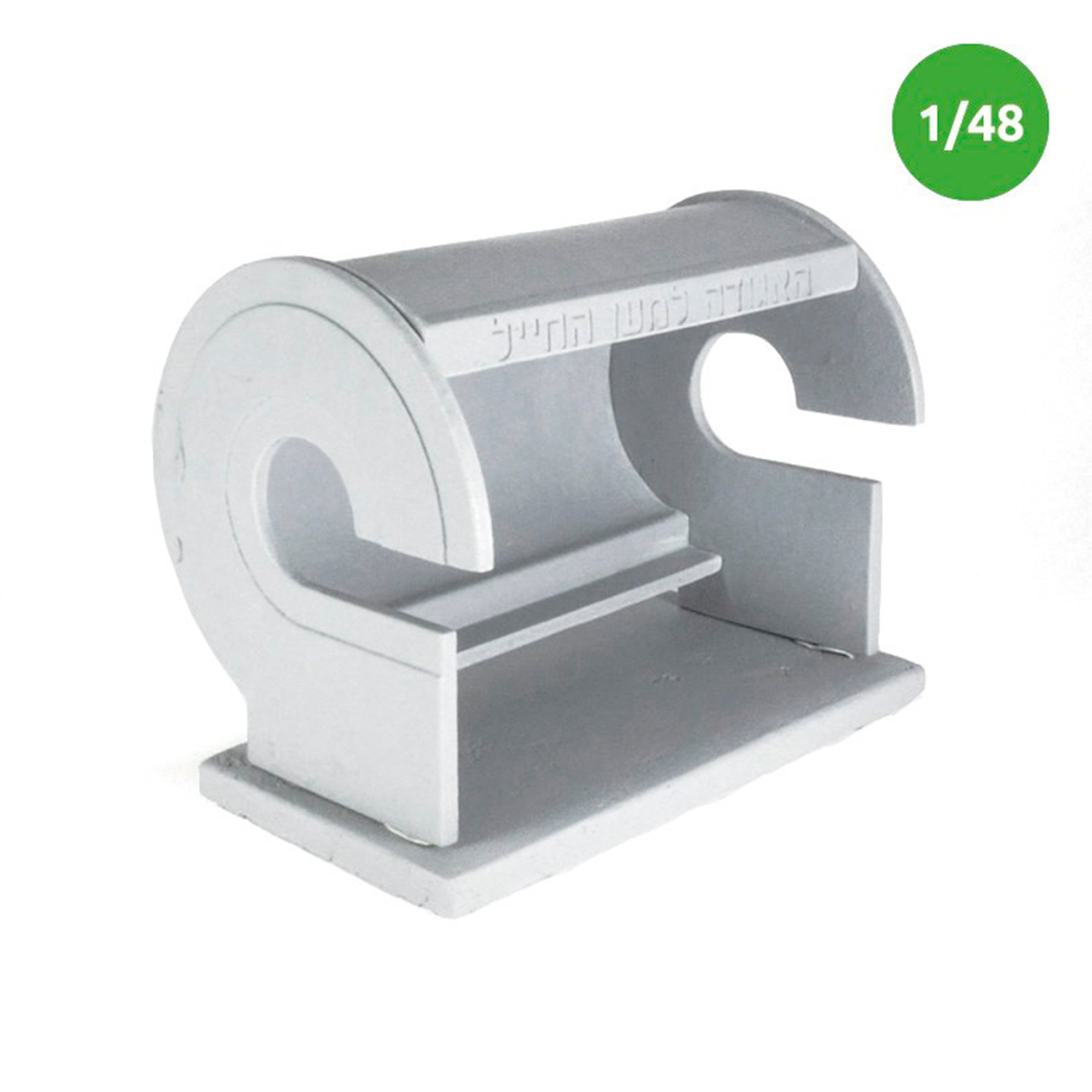
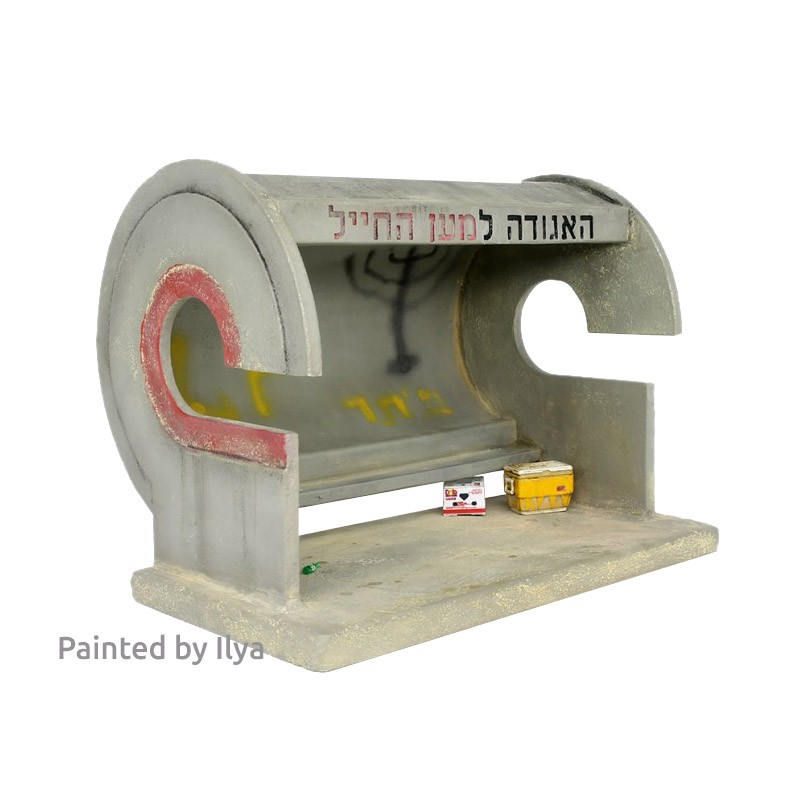
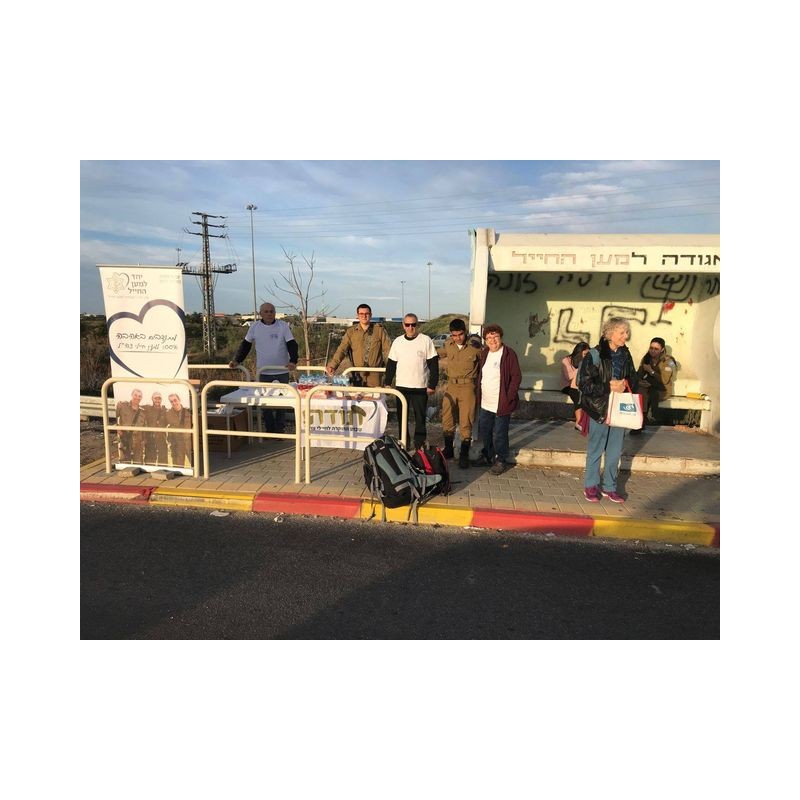
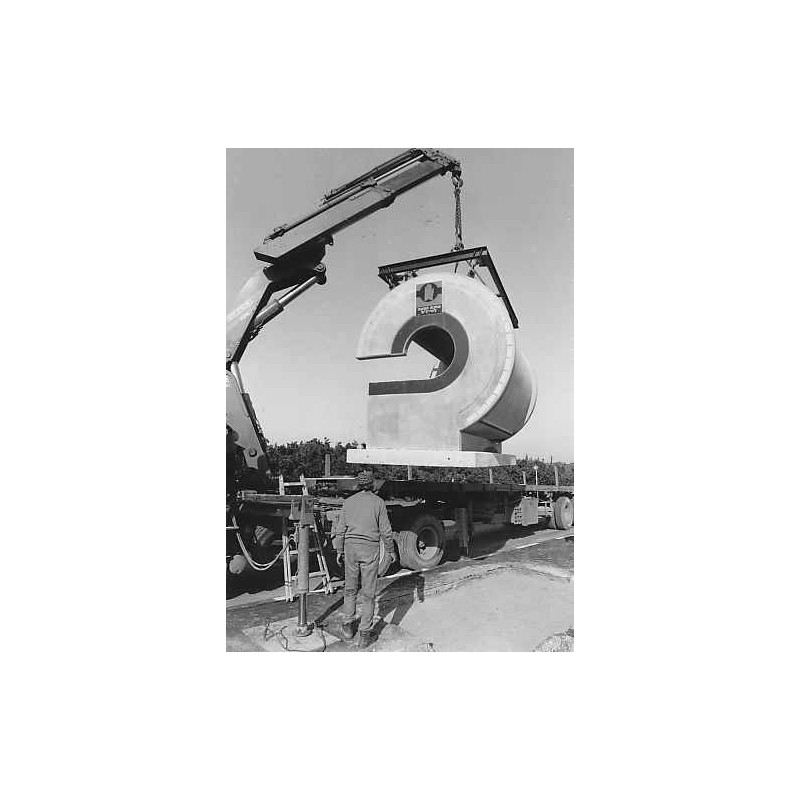
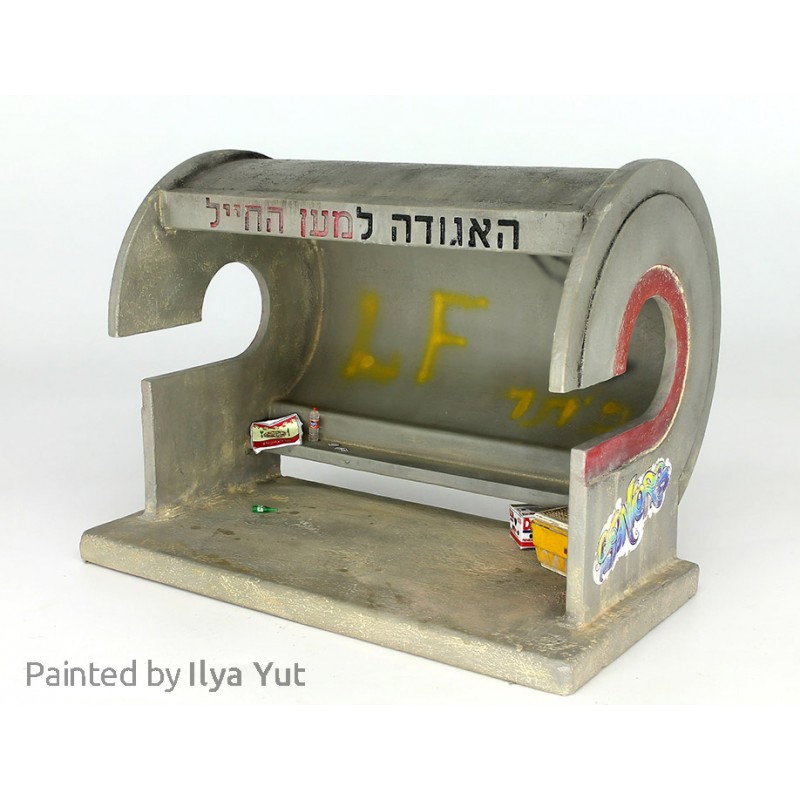
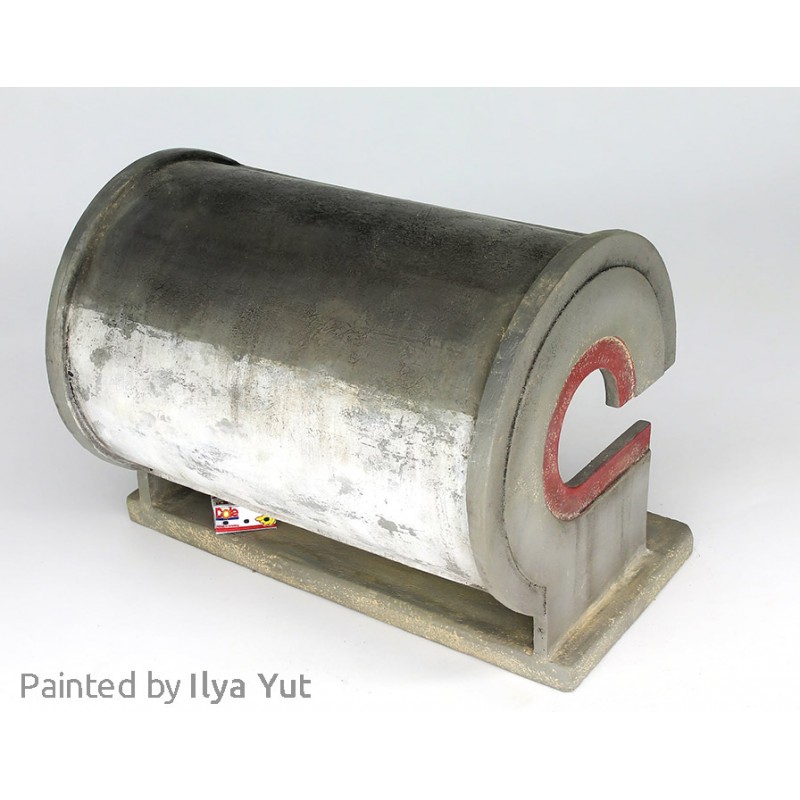
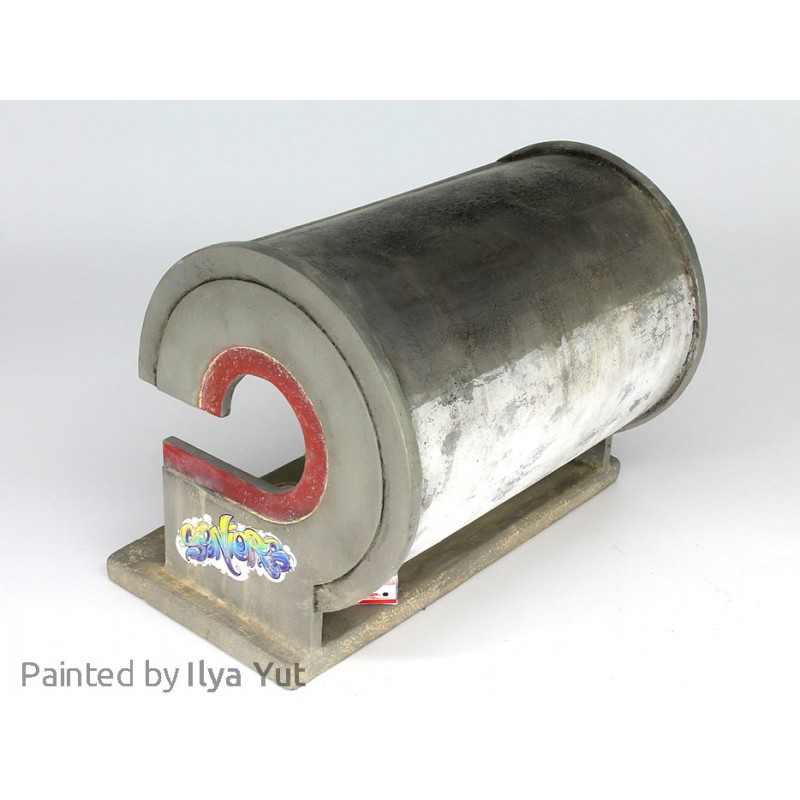
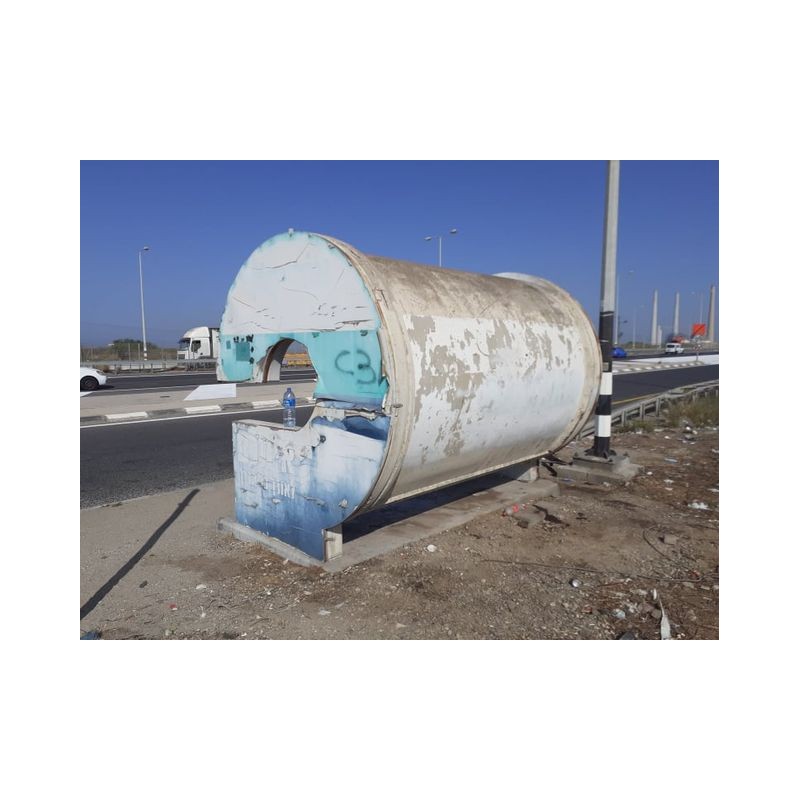
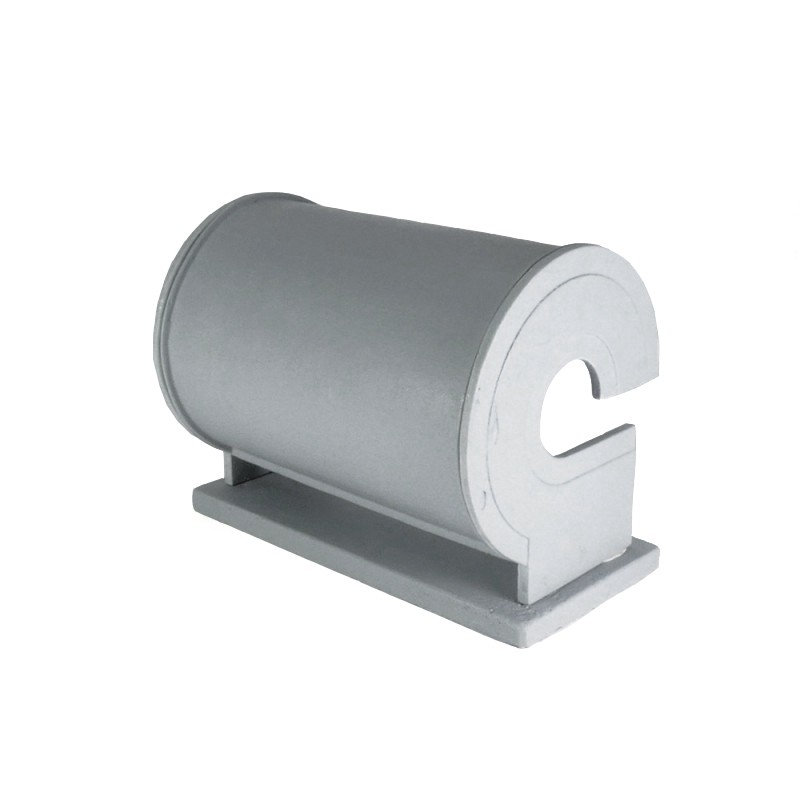
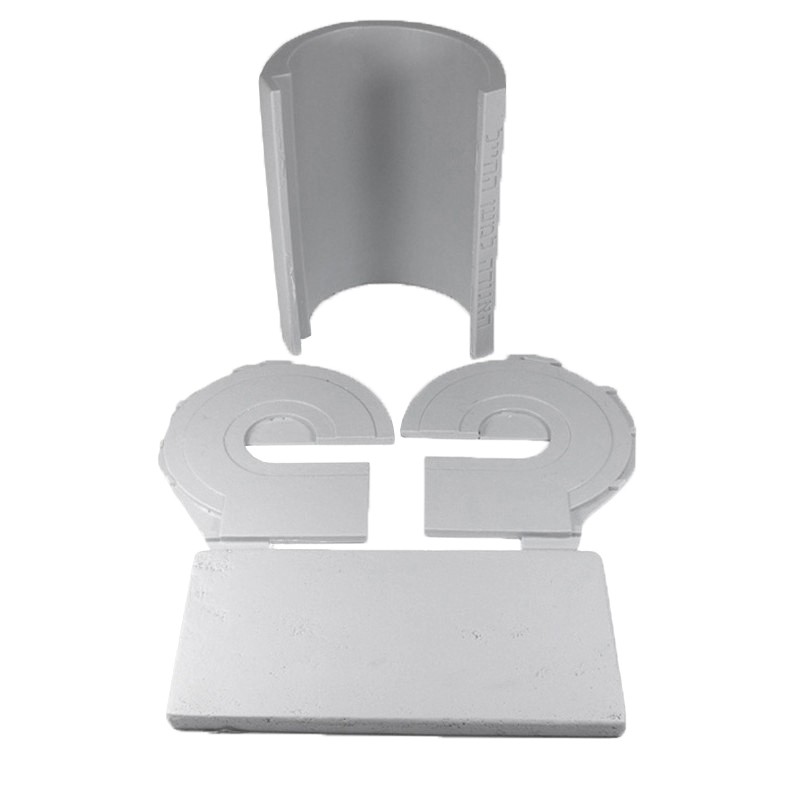
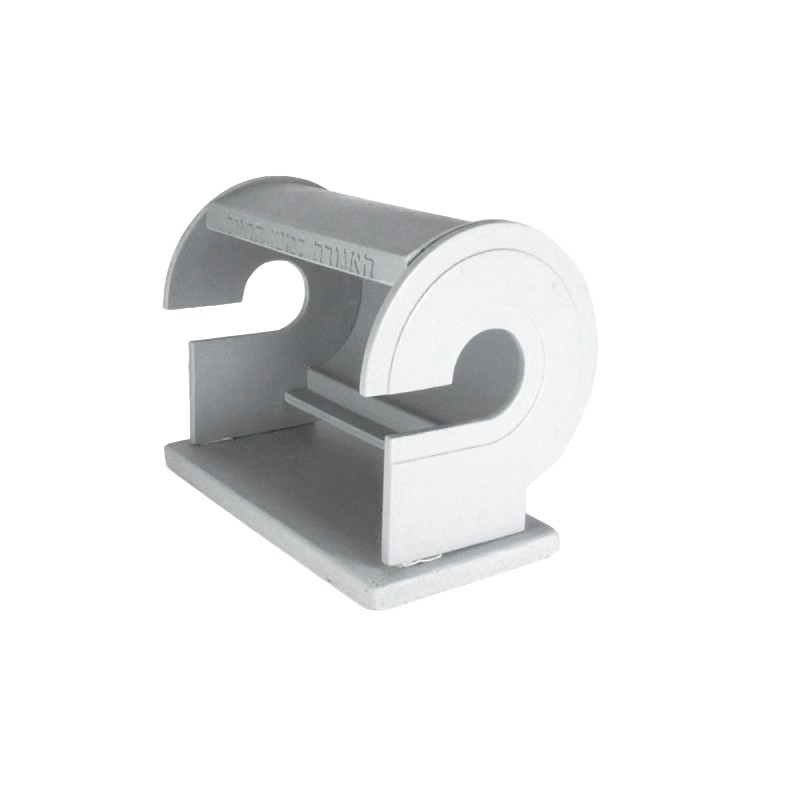
 Request of SDS product data file / Product security
Request of SDS product data file / Product security